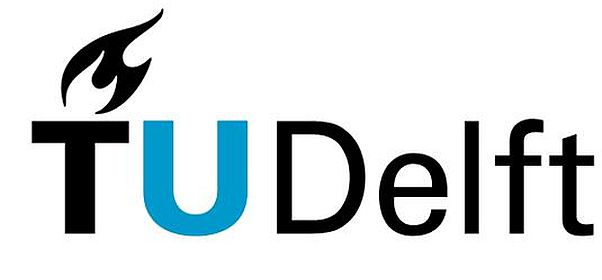
Delft University of Technology (TU Delft) has announced the free online course on the topic of “An Introduction to Credit Risk Management”. What is credit risk? Why is it so important, in modern economies, to correctly deal with it? This course combines theory with practice to answer these questions.
This course offers you an introduction to credit risk modeling and hedging. They will approach credit risk from the point of view of banks, but most of the tools and models we will overview can be beneficial at the corporate level as well.
Course At A Glance
- Length: 2 days
- Effort: 48 hours
- Subject: Business & Management
- Institution: Delft University of Technology (TU Delft)
- Languages: English
- Price: Free
- Certificate Available: Yes
- Session: Self-Paced
Providers Details
- About University: The Delft University of Technology is the largest and oldest technological university in the Netherlands. Their research is inspired by the desire to increase fundamental understanding, as well as by societal challenges. They encourage their students to be independent thinkers so they will become engineers capable of solving complex problems.
- Aim of University: Enhance the level of technological competence in the Netherlands, the Ministries of Education and of Economic Affairs initiated a National Educational Programme for Technological Design.
Requirements
Introductory courses in Statistics and Probability basic knowledge of the financial vocabulary.
About This Course
- Benefits: The course provides you the knowledge to implications of credit risk for banks and other financial institutions. Important credit risk models like Merton’s model, the Moody’s KMV model, Credit Metrics and Credit Risk Plus. The language of the course is English.
- Importance of the Subject in Today’s Scenario: The global financial crisis – and the credit crunch that followed – put credit risk management into the regulatory spotlight. As a result, regulators began to demand more transparency. They wanted to know that a bank has a thorough knowledge of customers and their associated credit risk. And new Basel III regulations will create an even bigger regulatory burden for banks.
How to Join This Course
You should register yourself through the given link to join this free on-line course: https://courses.edx.org/register
Why Take This Course
- Advantage of Course: This will be a quite unconventional course. For each methodology, we will analyze its strengths as well as its weaknesses. We will do this in a rigorous way, but also for fun: there is no need to be boring.
- Certificate: Pursue a Verified Certificate to highlight the knowledge and skills you gain for $49. Add the certificate to your CV or resume, or post it directly on LinkedIn.
Learning Outcomes
- The definition and the implications of credit risk for banks and other financial institutions
- The most recent risk regulations for banks: Basel II and Basel III
- How to critically use basic measures of risk like Value-at-Risk and Expected Shortfall: computation and interpretation
- The definition and the use of credit ratings
- How to define the probability of default of a counterparty
- Important credit risk models like Merton’s model, the Moody’s KMV model, Credit Metrics and Credit Risk Plus
- The basics of Credit Default Swaps (CDS)
- What stress-testing is and why it is useful
Instructors
Pasquale Cirillo: He is Assistant Professor of Applied Probability at the Delft Institute of Applied Mathematics, TU Delft. He received his “Habilitation” in Applied Statistics from the University of Bern, Switzerland, and his Ph.D. in Statistics from Bocconi University, Italy. Besides statistics, he studied economics at the Sant’Anna School of Advanced Studies in Pisa, Italy.
Suggested Reading
Basic knowledge of the financial vocabulary is required for the course.
You Might Also Be Interested In
If you are interested you can also join “Evidence-Based Global Management” free Self-Paced online course.
Conclusion
- At the end of the course, you will be able to understand and correctly use the basic tools of credit risk management, both from a theoretical and, most of all, a practical point of view. This will be a quite unconventional course.
- Receive an instructor-signed certificate with the institution’s logo to verify your achievement and increase your job prospects. Your Certificate provides a detailed transcript of what you’ve learned. This includes how long you spent studying the course and your average test score.
Detailed Information
For more information about the course, you can check the given link:
https://www.edx.org/course/introduction-credit-risk-management-delftx-tw3421x-2#!


